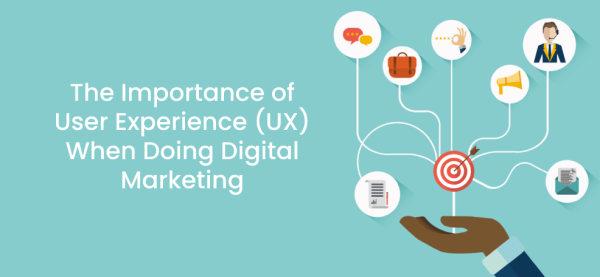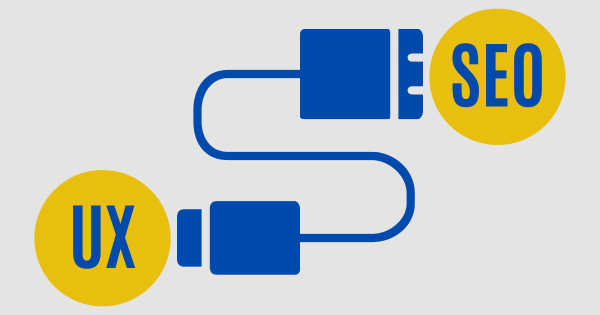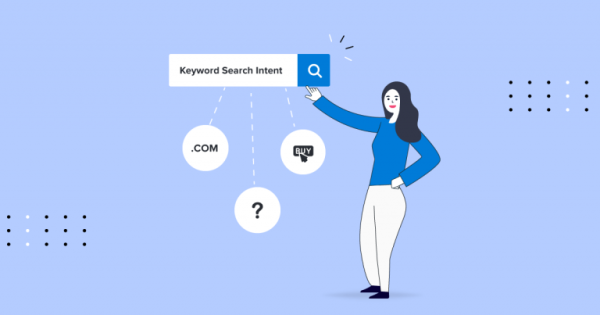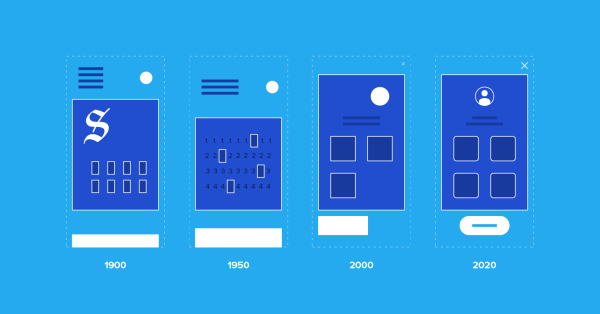Maximizing SEO Success through Exceptional User Experience: 7 Proven UX Strategies
You spend a lot of effort making sure that your audience enjoys your content and website. You work on marketing, design, content, SEO, and other aspects of the website to deliver the most significant possible experience to users. As you know, SEO and User Experience are intertwined, and optimizing one often has a positive impact on the other.
According to Esteban Kolsky, 1
“13% of customers will tell 15 or more people about their bad experiences. 72% will tell 6 or more people about good experiences.”
Your audience has no idea how you approach SEO or marketing; they care about how simple, descriptive, valuable, and usable your material is. It is what you can call user experience in a nutshell.
What is User Experience?

User Experience is frequently abbreviated as UX. It is influenced by various factors such as the interface, layout, text or graphic design, sound, etc. As the name implies, the user’s experience is at the heart of the notion. In the simplest terms, it is how a user feels while interacting with a website or software.
UX is a non-tangible concept. It's something to behold. The different aspects you include in your content to make it good, when combined, shape the user's experience when interacting with the app, website, or software.
According to PWC,2
"32% of the customers would leave a brand they loved after just one bad experience."
The Importance of User Experience

The value of user experience can be observed in every aspect of the marketing process. The ultimate goal of growth and development will not be achieved unless customers respond positively to the brand's offering. It is primarily accountable for delivering client happiness.
A Forrester Research says that
“a well-thought-out, frictionless UX design might possibly increase consumer conversion rates by 400%.”
Its goal is to provide an excellent experience for the customer at every stage of the interactive process. It doesn't matter if you're browsing the site or making a transaction. It can be thought of as the client's journey through the system. Good user experience boosts investment returns (ROI).
How do SEO and User Experience work together to improve ranking?

With the proper balance of SEO and User Experience, marketers can get some of the most remarkable results. Adaptability and mobile-friendliness can positively impact the SEO ranking factor. When working on SEO for your website, you must consider both the search engines and the visitors. Here are some strategies to enhance your website's SEO ranking through the integration of UX and SEO.
7 UX Strategies to Improve SEO Ranking
1. Language Analysis

Industry insiders and target clients use a specific language. It is a style and terminology often used in the business to describe and sell similar services and products, rather than a language. It is a crucial stage in developing a combined SEO and User experience strategy to provide more relevant information to them.
2. Clearer Website Architecture

The information architecture comprises three circles: content, user, and context. Once you have these, a UX designer's role is to plan and investigate how to structure the website's flow and content. The ultimate goal is to create an ideal, straightforward website architecture that balances the website's goals with the goals and aspirations of the users. In other words, the objective of a well-designed website architecture is to optimize both the user experience (UX) and the search engine optimization (SEO) of a website.
3. Reduced Page Loading Time

A slow-loading website can result in a lost opportunity for businesses, as research shows that over half of internet users abandon a website if it takes more than three seconds to load. This means that in just three short seconds, a potential customer could leave your site due to poor performance. Optimizing page load time is crucial to avoid frustrating user experience. Consider strategies such as code minification, visual content optimization, and exploring better hosting options. This can be a frustrating and unjust situation for businesses, but optimizing website speed through user experience (UX) design and search engine optimization (SEO) practices can prevent this from happening.
A Google study from 2017,3 states that
“when page load time grows from one second to three seconds, the likelihood of a bounce increases by 32%.”
4. Intent Research

Users explore the internet seeking answers and solutions. Not all keywords that come up during keyword research have the same effect or significance for the target audience. It is why you should also look into intent. They frequently don’t even know what they’re looking for, making marketing difficult. Nonetheless, one of the most crucial factors in providing a good user experience is intent.
5. Getting People to Click on Your Ads

SEO led them to your website, but what would get them to click on the CTA? You can do it by building a user experience (UX) design that grabs their attention and combines features that urge them to click and act.
6. Easy Site Navigation

Focusing solely on SEO and rankings is that most websites have sophisticated navigation and a solid site layout. A site that has simple navigation is convenient and easy to utilize. It allows the user to finish their activity faster and with uncertainty.
Having a more significant number of web pages isn't always the most excellent option. One web page with solid content and a user-friendly layout is typically enough for SEO. Besides, multi-page sites with a lot of content are still helpful for SEO ranking as long as they're easy to navigate.
7. User-Friendly Layouts

The design of a site's layout, content arrangement, and text size can all impact its SEO. UX design may combine the aesthetics and SEO aspects with improving use and traffic. You must include photos, videos, and calls to action throughout the site.
You can also use clear headers, organize and structure content to make it easy to digest, or include connections to additional relevant content. You can also use a content or picture rotation script to vary the content of your website at random with each visit.
According to a Stanford study,4
“Three-quarters of people judge a company by their web design. This influences their feelings and place in the user journey.”
Final Thoughts
UX and SEO: The Takeaway
User experience (UX) plays a crucial role in search engine optimization (SEO) because it directly impacts the satisfaction and engagement of website visitors. When UX is optimized, it can help increase the chances of visitors staying on a website, navigating to other pages, and taking desired actions, such as making a purchase or filling out a form. These signals of engagement can be used by search engines to rank websites higher in search results, as they are seen as indicators of relevance and quality.
The takeaway is that UX and SEO are intertwined and should be considered together when designing and optimizing a website. UX design should focus on creating an easy-to-use and enjoyable experience for users, while SEO should focus on optimizing the website to meet the needs of both users and search engines. By focusing on both, you can improve your website's search rankings, increase visitor engagement, and drive more conversions.



